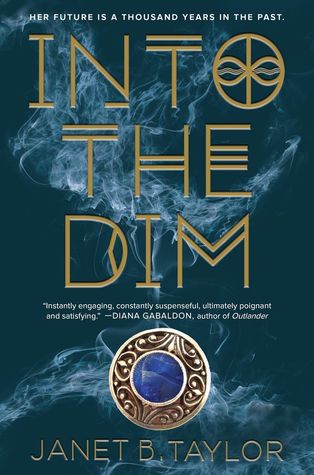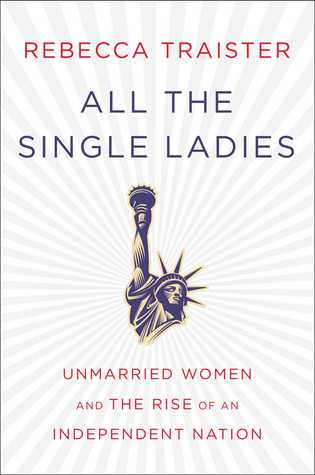
If you enjoy the gross and gory, perhaps you should consider a future working in bacteriology - you might get to do the exciting job of examining rats and their fleas for traces of plague. That would have been a big possibility if you were working for the Marine Hospital Service in San Francisco during the early 1900s. But that is not where the story starts. Jarrow traces the plague back to Constantinople in 542, and shares all the theories of how, when, and why it spread from one place to another through Asia and Europe, before it eventually reached North America. It's amazing how much progress was made in identifying and treating the disease from the mid-19th century on. Readers may see parallels between the terror bubonic plague caused in the past and diseases today such as Ebola. But readers may also be shocked at the way in which politics and racial prejudices made the containment and control of the disease a difficult proposition in San Francisco 100 years ago.
The author takes great care in laying out the timeline of the plague's spread through the ages, as well as describing how it was treated (or not), and the number of deaths associated with it in each epidemic. Primary sources such as newspaper headlines, photos, editorial cartoons, and historical images of other sorts to illustrate popular reactions to the epidemics. Quotes from these materials are used to bring the historical figures mentioned in the narrative to life. In the back matter there are a glossary, timeline, author's note, bibliography, and sources for further information. The book is the final in a trio of Deadly Diseases - the other two are Red Madness: How a Medical Mystery Changed What We Eat and Fatal Fever: Tracking Down Typhoid Mary. Readers who find this type of documentary of medical subjects may wish to find the other two books.
The text is clearly organized and easy to follow - maintaining a balance of facts and of establishing the context for the events. The numerous primary sources show everything from tombstones of plague victims, photos of medical investigators, and illustrations from periodicals with popular opinions. These images make it much easier to visualize the different eras, the victims, and those trying to save them. The book seems much shorter than it really is because the story captures the reader's attention. The style is reminiscent of Jim Murphy's historical works such as The Great Fire.
I received a copy of the book from the publisher for review purposes.
The author takes great care in laying out the timeline of the plague's spread through the ages, as well as describing how it was treated (or not), and the number of deaths associated with it in each epidemic. Primary sources such as newspaper headlines, photos, editorial cartoons, and historical images of other sorts to illustrate popular reactions to the epidemics. Quotes from these materials are used to bring the historical figures mentioned in the narrative to life. In the back matter there are a glossary, timeline, author's note, bibliography, and sources for further information. The book is the final in a trio of Deadly Diseases - the other two are Red Madness: How a Medical Mystery Changed What We Eat and Fatal Fever: Tracking Down Typhoid Mary. Readers who find this type of documentary of medical subjects may wish to find the other two books.
The text is clearly organized and easy to follow - maintaining a balance of facts and of establishing the context for the events. The numerous primary sources show everything from tombstones of plague victims, photos of medical investigators, and illustrations from periodicals with popular opinions. These images make it much easier to visualize the different eras, the victims, and those trying to save them. The book seems much shorter than it really is because the story captures the reader's attention. The style is reminiscent of Jim Murphy's historical works such as The Great Fire.
I received a copy of the book from the publisher for review purposes.




